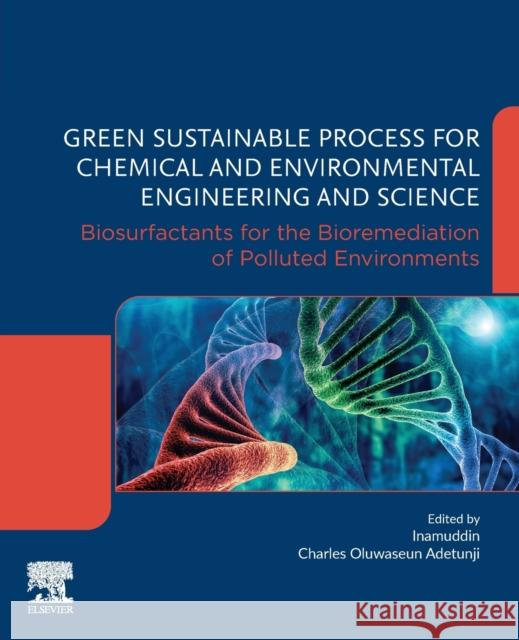Green Sustainable Process for Chemical and Environmental Engineering and Science: Biosurfactants for the Bioremediation of Polluted Environments » książka
topmenu
Green Sustainable Process for Chemical and Environmental Engineering and Science: Biosurfactants for the Bioremediation of Polluted Environments
ISBN-13: 9780128226964 / Angielski / Miękka / 2021 / 458 str.
Green Sustainable Process for Chemical and Environmental Engineering and Science: Biosurfactants for the Bioremediation of Polluted Environments
ISBN-13: 9780128226964 / Angielski / Miękka / 2021 / 458 str.
cena 946,23 zł
(netto: 901,17 VAT: 5%)
Najniższa cena z 30 dni: 906,73 zł
(netto: 901,17 VAT: 5%)
Najniższa cena z 30 dni: 906,73 zł
Termin realizacji zamówienia:
ok. 18-20 dni roboczych.
ok. 18-20 dni roboczych.
Darmowa dostawa!
Kategorie BISAC:
Wydawca:
Elsevier
Język:
Angielski
ISBN-13:
9780128226964
Rok wydania:
2021
Ilość stron:
458
Waga:
0.77 kg
Wymiary:
23.5 x 19.05 x 2.36
Oprawa:
Miękka
Wolumenów:
01











